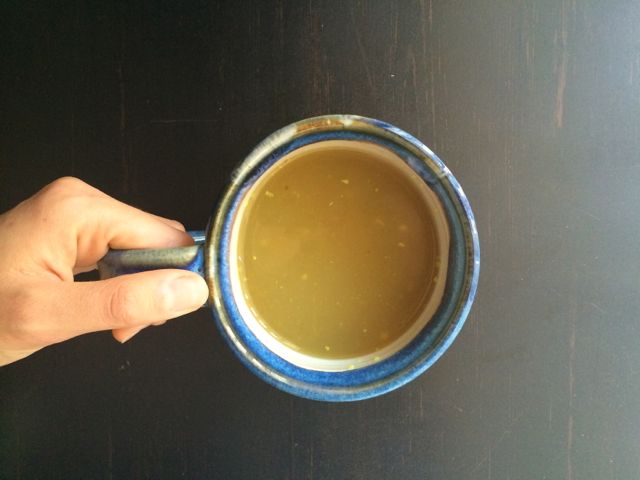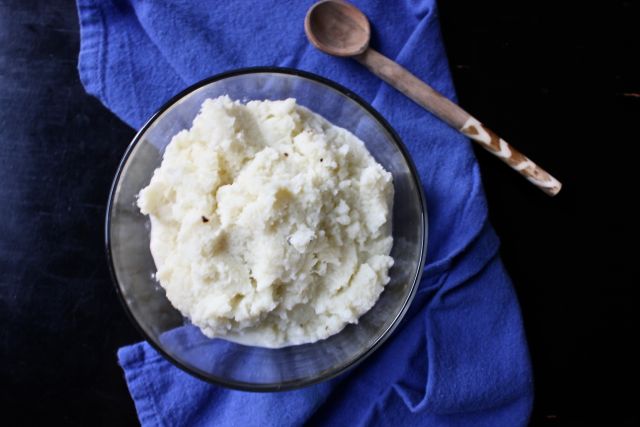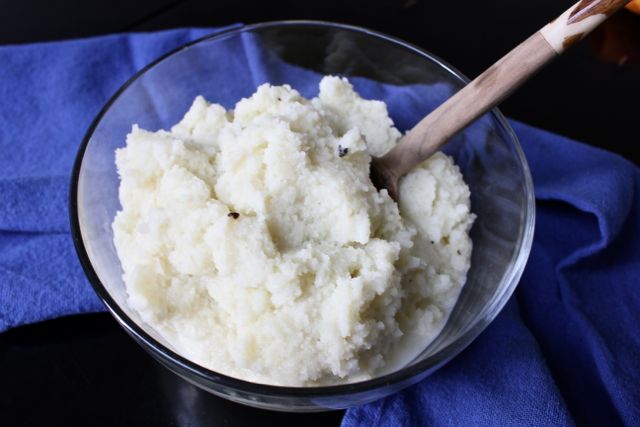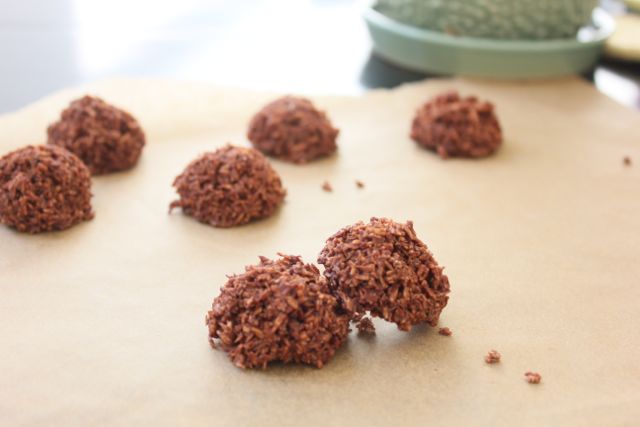Bone broth is incredibly healing. It has been used for years to treat illnesses and speed up recovery and healing. Health benefits of bone broth:
- Promotes healthy bones
- Heals and supports gut health and digestion
- Inhibits infection
- Reduces joint pain
- Reduces inflammation
- Promotes healthy hair and nail growth.
Bone broth can be made with chicken, turkey, duck, lamb, or beef bones. I chose to use beef bone marrow for this one. It doesn't matter what you choose to use, but you must make sure they are organically-raised, pastured or grass-fed animals in order to get the health benefits.
Making bone broth can be a nurturing process if you allow it to be. The more love you put into it, the more healing and nutritious it will be for you and your family. It's a great staple to have at home. And the best part is that you can make huge batches like this one and store in the freezer to have for a few months. This will be your best health supplement. Use it as a base for soups, sauces, or drink it as is.
Ingredients
3.5-4 pounds organic, grass-fed bones. I used beef bone marrow.
4 Tablespoons unfiltered apple cider vinegar
Filtered water, enough to fill pot
4 large kombu strips
4 Tablespoons dulse flakes
4 large carrots, roughly chopped
4 stalks celery, roughly chopped
1 bunch parsley
1/4 cup goji berries
1 Tablespoon organic ground turmeric or a large chunk of fresh turmeric (peeled)
Procedure:
- Place bones and apple cider vinegar in a large stock pot. Fill pot with water and let sit for 30 minutes with the heat off. The acid in the vinegar helps extract the minerals from the bones.
- Turn on heat and bring to a simmer, removing scum that rises to the surface for the first hour of cooking. Cover loosely and continue simmering on low for 24-48 hours. The longer, the better. I simmered it for about 28 hours total. You will need to add water along the way to keep bones completely covered.
- Add remaining ingredients for the last hour of cooking.
- Strain broth and place in air tight containers. Let cool completely before storing in the refrigerator. Broth will keep in the refrigerator for 5 days or in the freezer for a few months.
- The next day, there will be a layer of fat on the surface. You can discard this, use it for cooking, or stir it back in - it contains valuable nutrients.
Makes ~20-24 cups
Don't be afraid to use your choice of herbs, spices, or vegetables to give it your own therapeutic touch.
Happy healing!




















